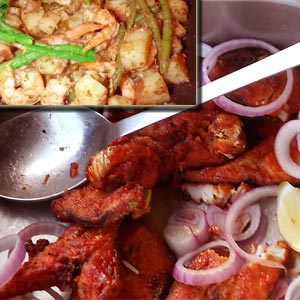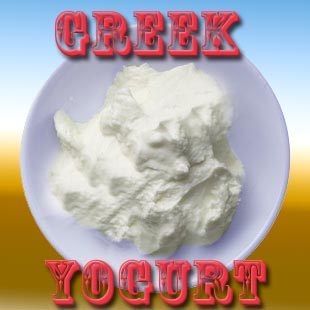Just as a snack before a workout can give you energy and stamina, foods consumed post workout should replenish your energy and hydration. Feed your body right to help repair muscle tissues and replenish glycogen stores.
|
Keep post workout meal between 200-400 calories and 6 to 18 g protein. For instance, a 1500 calorie weight plan would include two meals each of 500 calories and two mini meals each 250 calories. Of this, one mini meal could be post workout. |

|
Post Workout Snacks
Protein shake and banana
A whey protein shake, water, and half a banana are a great choice since your body quickly turns it into energy.
Hummus and Pita
This is a great carb/protein combo with hummus and whole wheat pita.
Yogurt and fresh berries
Muscles in your body are depleted of amino acids after a workout. Consume an adequate amount of proteins. 1 8 ounce container of plain low fat yogurt with ½ cup of berries for carbohydrate driven energy is a great post workout food.
Peanut butter and banana on rice cakes
If you want something substantial to eat after a heavy workout, a healthy peanut butter and banana sandwich should suffice. Smooth the peanut butter onto two brown rice cakes for extra fiber and take a banana.
Turkey and cheese with apple slices
Spread a soft cheese wedge over two to three slices of lean turkey and then roll up for a quick high protein eat-on-the-go snack.
Refuel and recover after a workout
Follow up your workout with meals that combine proteins, and carbohydrates – while the former helps to recover muscles, the latter replenishes energy stores.
For best results, eat 30 to 60 minutes after exercise when muscles are most receptive. An increase in enzyme activity makes your body more efficient in storing glucose for energy and building protein in fatigued muscles.
Best post workout meals
It is essential to follow a post workout meal that combines protein, carbohydrates, and electrolytes such as potassium which replenish energy stores.
- Protein shakes are easily digestible and quickly absorbed.
- Eggs and orange juice are the best of protein ever and there is protein both in the yolk and white of an egg. Orange juice provides carbs and vitamin C.
- Bananas are nature’s perfect post workout food. One large banana contains four grams of fiber and 36 grams of carbohydrates, half a gram of fat and 602 milligrams of potassium minus cholesterol. A banana can be eaten with a cup of yogurt or cottage cheese for protein hit.
- While salmon is packed with omega 3s, it can be paired with spinach or green beans for vitamins and minerals. Sweet potato provides slow-burning carbohydrates and can be consumed with salmon and green beans.
- Turkey wraps are a great lunch break meal. Wholegrain wraps which are loaded with carbohydrates with the lean protein source in turkey can make a great duet. Top this with salad and tomatoes for a boost of vitamin C.
- Tuna and whole wheat crackers provide 42 grams of protein and tuna provides niacin, selenium and vitamins B6 and B12. Crackers are a great source of carbs and fresh lemon juice can be added for taste.
- Smoothies are refreshing and tasty. A yogurt based smoothie provides essential amino acids necessary for muscle recovery.
- Chicken stir fry with skinless chicken breasts make an excellent protein source. Combine with brown rice for a healthy post workout meal.
- Dried fruits and nuts are a simple post workout solution. Nuts provide a dose of protein and fats and fruits give you a shot of simple carbs to replenish muscle glycogen quickly.
To quote from a University of Michigan researcher Jeffery F Horowitz, “….exercise doesn’t occur in a vacuum and it is very important to look at both the effects of exercise and what you’re eating after exercise”.

